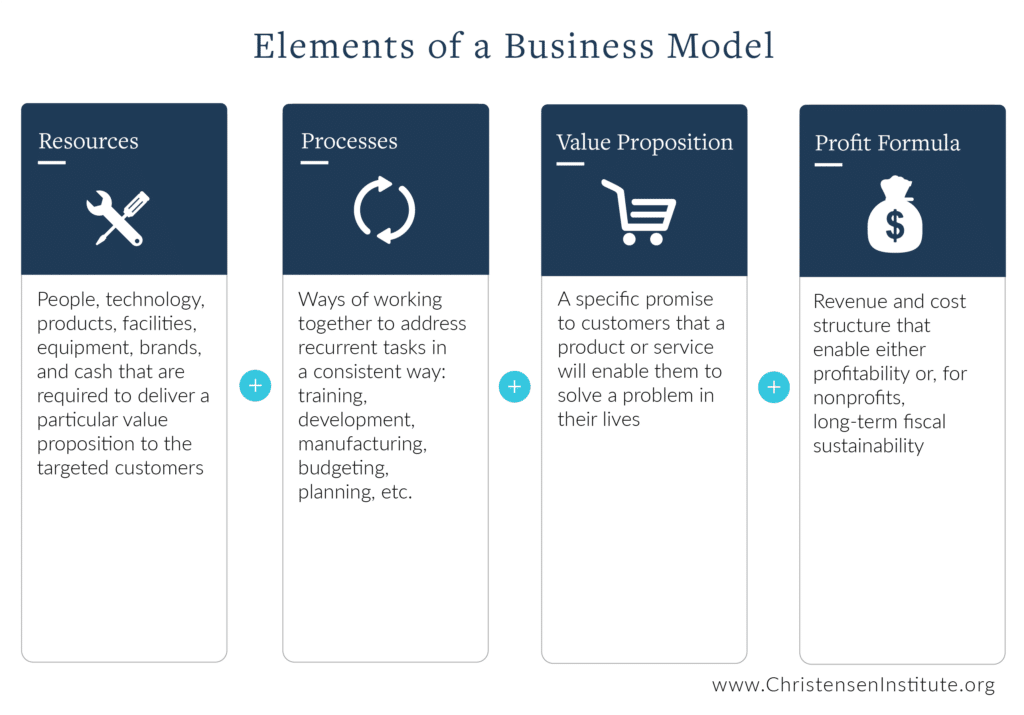Heads turned in higher education circles at the start of the new year when the Pennsylvania Commission for Community Colleges announced an agreement under which graduates of its 14 community colleges could transfer up to 90 credits to Southern New Hampshire University (SNHU) and take courses at $288 per credit hour, or $864 per course—a 10% discount on SNHU’s prices and much less costly than the vast majority of in-state public options.
What’s so striking is that the announcement comes at a time when Pennsylvania’s State System of Higher Education has lost nearly 20% of its enrollment since 2010, which has created significant stress—and it signals that SNHU will continue to find ways to grow and serve more students who need further education that is affordable.
Commentators were quick to wonder why the tax-subsidized community college system was sending business to a private non-profit from outside the state.
The chancellor of Pennsylvania’s State System of Higher Education, Dan Greenstein, raised three points over Twitter, as he questioned the long-term impact of moves like this on small towns where education is the dominant employer and driver of the regional economy; asked whether this is good for students given most of them will look for jobs that are regional and therefore will need local, not national networks; and observed that we shouldn’t be surprised given that Pennsylvania has “starved” its public higher education system of funding.
The closure of colleges in small towns where they are the dominant employer also concerns me. And it’s unquestionably true that relationships matter—according to some estimates, nearly 50 percent of jobs come through personal connections.
But in the latter case, it’s also true that as innovators like SNHU grow and scale in particular regions, they have the potential to develop stronger regional alumni networks and ties to employers over time. Western Governors University has been doing so in partnership with states like Indiana and Texas for several years now. SNHU’s acquisition of LRNG gives it a series of place-based networks across the country from which to build purpose-built micro-campuses, including in Philadelphia.
As to the last point—that the starving of public higher education in Pennsylvania has wrought this—although it’s an understandable reaction, greater public financing of higher education on an annual basis won’t address the deeper root cause of what’s now taking place.
What’s ultimately happening in Pennsylvania can best be explained by the phenomenon of the theory of disruptive innovation. By hiving off its online division from the rest of its traditional campus, SNHU created an autonomous business model that had the freedom to rethink its value proposition, resources, processes, and revenue formula—and not be beholden to the existing campus-based program.

That enabled SNHU to shed the legacy costs of its campus and offer an online program that was fundamentally lower cost than its traditional brick-and-mortar degrees. And because SNHU Online was separate from the traditional campus, its president Paul Leblanc was also able to price it significantly lower than the traditional campus program—in line with its actual costs, which is something that the majority of online college and university programs don’t do.
The importance of true autonomy can’t be overstated. As price becomes more of a factor in students’ decision-making, that will become more apparent.
A hope for many in public higher education systems is that states will simply boost their spending so that the price students pay will decrease. But it isn’t so simple.
Putting aside the question of whether subsidies cause colleges and universities to increase costs or decrease prices, given the rate of increase in underlying costs of a traditional education, we can guarantee that taxpayers simply won’t provide enough of an annual subsidy to keep up. Given the red ink already facing the country and the specter of massive pension and health care costs as increasing numbers of Baby Boomers retire—on top of the fact that K–12 education will be the priority above higher education institutions for most states allocating scarce dollars to education—there just isn’t enough money to make up the current difference, let alone the increases to come.
Public colleges and universities should ultimately focus on boosting the value of postsecondary education by making it less costly—not just in terms of price, but actual underlying cost—with better outcomes, such that the question of how to afford it—for both individuals and taxpayers—becomes manageable. Charging education to the future isn’t changing education for the future. Institutions must focus on the latter.
And here’s where state governments can help with the purse. They could provide limited investment in autonomous entities not beholden to the parent institutions to create disruptive offerings. For public institutions to have a chance at competing with the likes of SNHU, they will need free cash flow to invest in and start these independent entities—although, given the historical challenges in California with setting up an online college, that’s not a slam dunk.
There is perhaps a simpler path that has fewer obstacles, which is precisely what states like Indiana and Texas have done with WGU—take existing institutions that are disruptive and have lower cost structures and bring them into the state to focus on the local students and regions. After all, the goal shouldn’t be to prop up institutions for their own sake, but to better serve students—as Elizabeth Bolden, the president and chief executive of the commission, made clear in this article for the Chronicle of Higher Education.
Either way, for leaders of state systems of higher education, hoping for public dollars on an annual basis simply won’t be a sustainable strategy. What’s worse, it’s missing a bigger opportunity to better serve students.



